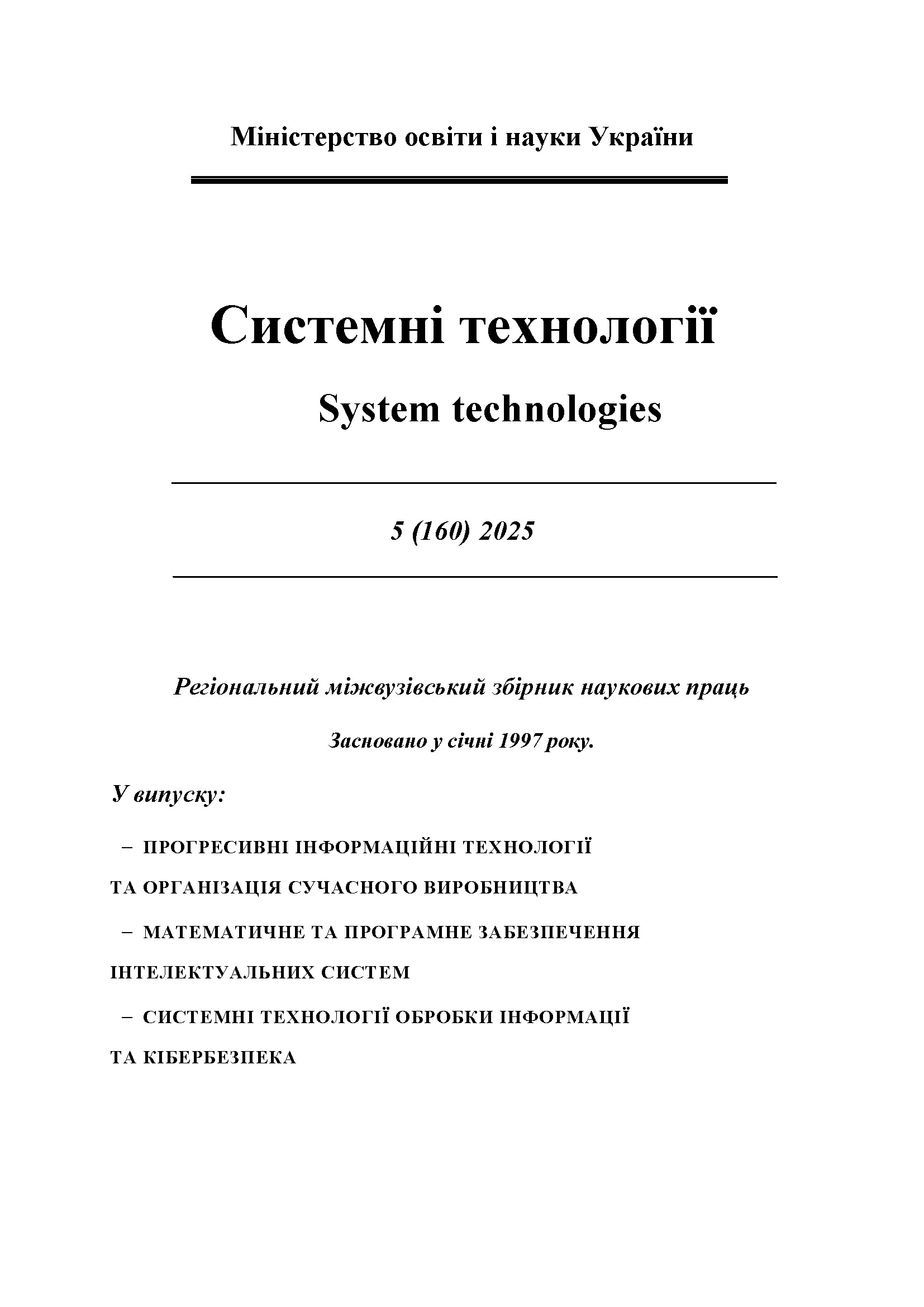Optimal Mn/Si parameters for adjusting the mechanical properties of steel for railway axles
DOI:
https://doi.org/10.34185/1562-9945-5-160-2025-07Keywords:
railway axle, predictive modeling, silicon, manganese, mechanical properties, chemical compositionAbstract
The work presented a comprehensive approach to finding the optimal steel composition within known grades based on the concept of directional chemical bonding. This approach made it possible to take into account the overall chemical composition and to analyze the na-ture of interactions between elements at the level of interatomic bonds, which is critical for predicting the properties of the final material. The concept of directed chemical bonding was based on the idea of the ability of individual elements to undergo electronic redistribution in the melt, which in turn affects the structure and stability of the system. The aim of the study was to determine the effect of variations in the content of the main matrix elements — carbon, silicon, and manganese - on the charge state of the system, represented by the generalized parameter ZY. This parameter reflects the degree of chemical balance in the alloy and serves as an indicator of the stability of the melt’s electronic structure. As a result, the sensitivity of the system to the Mn/Si ratio was investigated as an indicator defining electronic and struc-tural equilibrium. Thus, to enhance the ZY parameter, whose increase leads to improved hardness, it is necessary to prioritize manganese content after the Mn/Si ratio reaches 2.8–3.2, while below this interval — through an increase in silicon content. The manganese-to-silicon ratio (Mn/Si) should be within the range of 2.8–3.2. An increase in Mn/Si beyond 3.2 causes manganese to dominate, which may disrupt the balance. Therefore, controlling the content of alloying elements, especially silicon and manganese, is a key condition for produc-ing steels with predictable properties. The results of the modeling emphasize the feasibility of using computational approaches in materials science. Predictive modeling allows for the ef-fective adaptation of steel structure to the specified performance characteristics already at the stage of chemical composition design. This contributes to reducing experimental devel-opment costs and shortening the time to bring new alloys into production.
References
Clarke, A.J., Miller, M., Field, R., Coughlin, D., Gibbs, P., Clarke K.D., Alexander D., Powers K., Papin A.P., & Krauss G. (2014). Atomic and nanoscale chemical and structural changes in quenched and tempered 4340 steel. Acta Materialia, 77, 17–27. https://doi.org/10.1016/j.actamat.2014.05.032
López Ríos, M., Socorro Perdomo, P.P., Voiculescu, I., Geanta, V., Crăciun, V., Boerasu, I., & Mirza Rosca, J.C. (2020). Effects of nickel content on the microstructure, microhardness and corrosion behavior of high-entropy AlCoCrFeNix alloys. Scientific Reports, 10, 21119. https://doi.org/10.1038/s41598-020-78108-5
Posonskyi, S.F. (2024). The effect of manganese and carbon on the mechanical properties of the welded layer of the bucket teeth of the Hadfield steel excavator. Problems of Tribology, 29, 65-71. https://doi.org/10.31891/2079-1372-2024-113-3-65-71
Kokovihin, Yu.I. (1995). Tehnologiya staleprovolochnogo proizvodstva :uchebn. dlya studentov vuzov [Tehnologiya staleprovolochnogo proizvodstva :uchebn. dlya studentov vuzov]. Tehnologiya staleprovolochnogo proizvodstva :uchebn. dlya studentov vuzov [in Russian].
Uzlov, I.G.. Gasik, M.I.. Esaulov, A.T., Miroshnichenko, N.G., & Proydak, Yu.S. (1985). Kolesnaya stal [Wheel steel]. Kyiv: Tekhnika [in Russian].
Togobitska, D., & Belkova, A. (2024). New approach to evaluating the thermodynamic consistency of melts in the "Metal-Slag" system based on interatomic interaction parameters. Lithuanian Journal of Physics, 64, 58-71. https://doi.org/10.3952/physics.2024.64.1.6
Povorotnia, I.R., Safronova, O.A., Podolskyi, R.V., & Oliinyk, E.V. (2024). Vplyv khimichnoho skladu na fazovu strukturu i tverdist vuhletsevoi stali dlia zaliznychnykh osei pislia deformatsii ta termichnoi obrobky [Injection of a chemical warehouse onto the phase structure and hardness of carbon steel for sliding axes after deformation and thermal processing]. Fundamentalni ta prykladni problemy chornoi metalurhii, 38, 656-671. https://doi.org/10.52150/2522-9117-2024-38-656-671.
Downloads
Published
Issue
Section
License
Copyright (c) 2025 System technologies

This work is licensed under a Creative Commons Attribution 4.0 International License.















